I’m much of the way through Von Braun by Michael Neufeld (2008), aptly subtitled “Dreamer of Space, Engineer of War.” Overall, a solid biography, though the chapters I’ve just finished bog down a bit in all the mid-50s interservice rivalry and the fog of uncertainty about who would get to launch the first U.S. satellite. It’s hard to keep track of all the bureaucrats, official acronyms and other long-forgotten missile minutiae.
In the end, the answer of who would get to launch for the Americans came after Sputnik was up and beeping. Namely, whatever’s ready, launch it now! Which of course led to flopnik, since the Navy’s Vanguard rocket wasn’t quite up to snuff.
Rather, it was the Army’s Redstone, a design overseen by von Braun, that put Explorer 1 into orbit (to be fair, the Navy launched a Vanguard satellite successfully on March 17, 1958, the second U.S. satellite, and it’s still in orbit). I didn’t realize it until now, but the Explorer Program is ongoing after six decades, with over 90 missions to its credit.
Granted, we’ve been sluggish about getting around to the big-deal missions like sending astronauts to Mars, but by no stretch of the imagination has humanity turned its back on space exploration during any of the last 60-odd years.
As for von Braun, the bio doesn’t shy away from his early employment history and the various Nazi bureaucracies that facilitated development of the V-2, often using slave labor. He was a rocket engineer to his core, and happy to work for whomever would facilitate rocket development — hideously expensive when you get beyond fireworks — up to and including membership in the SS.
One of these days, I’ll have to return to Huntsville, Ala., to see what NASA has done with its rocket displays at the Marshall Space Flight Center (the haus that Wernher built). I remember seeing some of them in 1984, but I suspect the museum’s been expanded since then.
Also, I was only vaguely aware of how well known von Braun was to the American public, even in his pre-Saturn V days, what with his collaborations with Collier’s and especially Disney in the 1950s. Von Braun was famed as a space-flight evangelist at a time when a lot of people probably considered it a not-in-my-lifetime sort of proposition. Lehrer was making fun of a celebrity.
Remarkably, PDFs of “Man Will Conquer Space Soon!” and the other Collier’s articles are available here, complete with the magnificent Chesley Bonestell illustrations.
Digression: there’s a Bonestell Crater on Mars (42.37° North, 30.57° West). An image is downloadable, in this case from NASA. Which I did.

One more thing about von Braun. I don’t have to go very far to find a small tribute to him.
That’s Von Braun Trail in Elk Grove Village, here in the northwest suburbs of Chicago. The neighborhood dates from ca. 1970, and some of the nearby streets honor other space pioneers: Aldrin Trail, Armstrong Ln., Cernan Ct., Conrad Ct., W. Glenn Trail, Haise Ln., Lovell Ct., Roosa Ln. and Worden Way, and probably others I haven’t spotted.


 Also on Blackstone — 5640 S. Blackstone Ave., to be exact — is the abandoned St. Stephen’s.
Also on Blackstone — 5640 S. Blackstone Ave., to be exact — is the abandoned St. Stephen’s. The most recent information I’ve found about the structure — which was developed in 1917 as a Christian Science church — dates from about three years ago, when a new owner acquired it with unspecified plans for redevelopment.
The most recent information I’ve found about the structure — which was developed in 1917 as a Christian Science church — dates from about three years ago, when a new owner acquired it with unspecified plans for redevelopment. Those are many, but not all, of the spheres. There are 30 in all. Or so says a stone plaque fixed to the ground nearby; I didn’t count them.
Those are many, but not all, of the spheres. There are 30 in all. Or so says a stone plaque fixed to the ground nearby; I didn’t count them.


 I see that the bus has a number, but it would be more fun if they had names too. Fitting names. Such as the Adam Smith, the Jeremy Bentham, or the Freidrich Hayek. Or, if naming buses after economists seems a little odd, maybe the Laissez-Faire, the Profit Motive or the Market Economy.
I see that the bus has a number, but it would be more fun if they had names too. Fitting names. Such as the Adam Smith, the Jeremy Bentham, or the Freidrich Hayek. Or, if naming buses after economists seems a little odd, maybe the Laissez-Faire, the Profit Motive or the Market Economy.

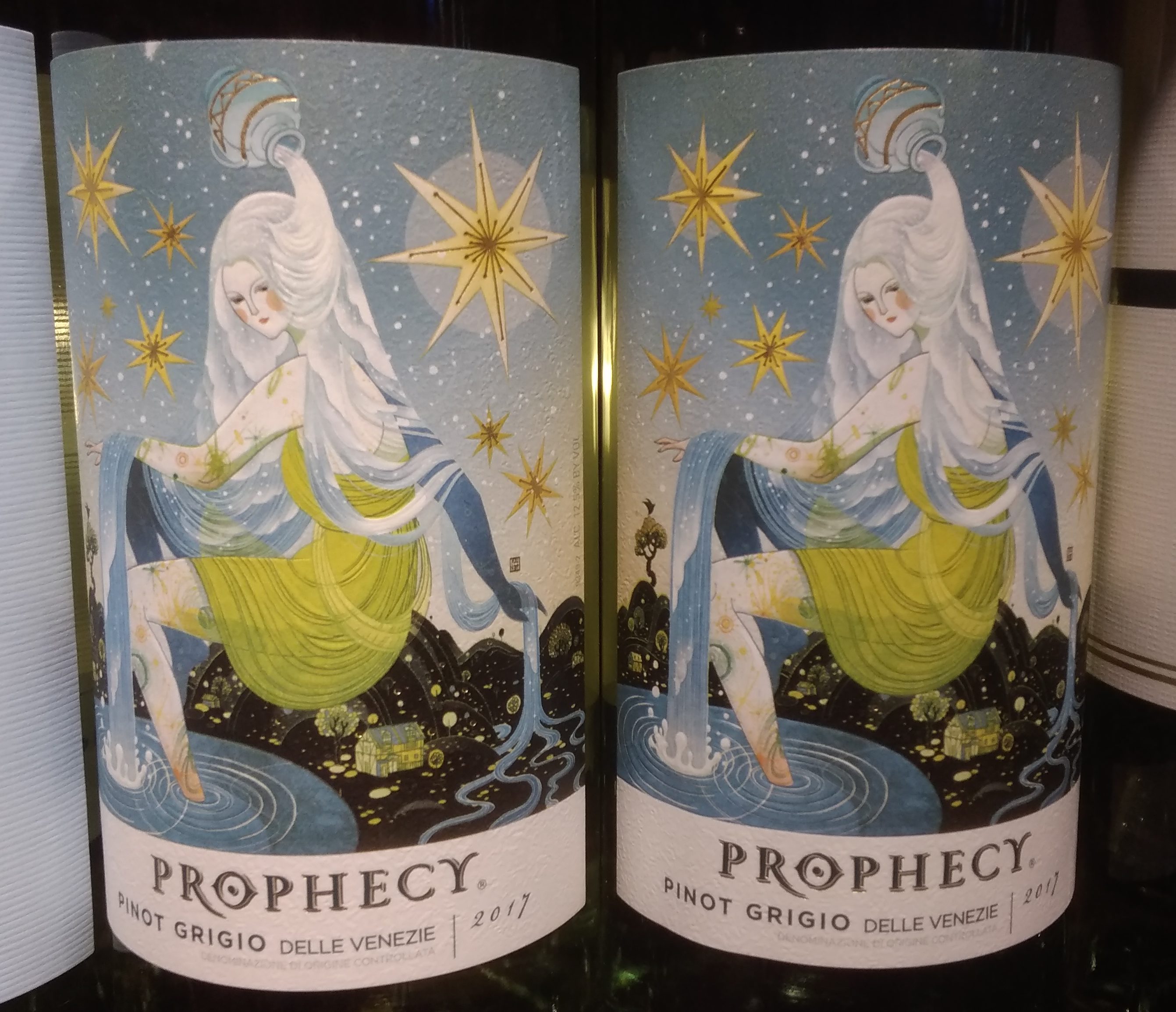
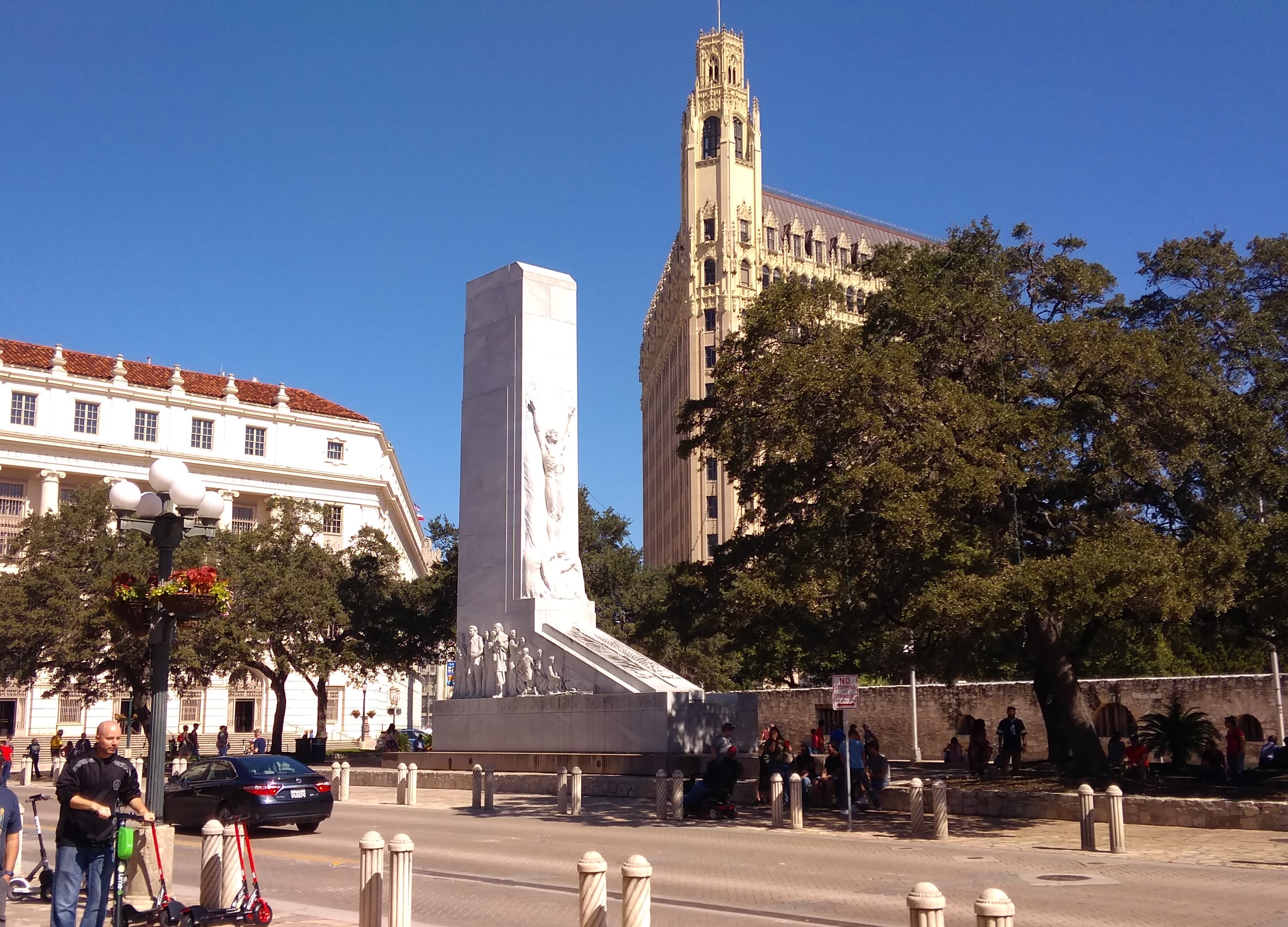
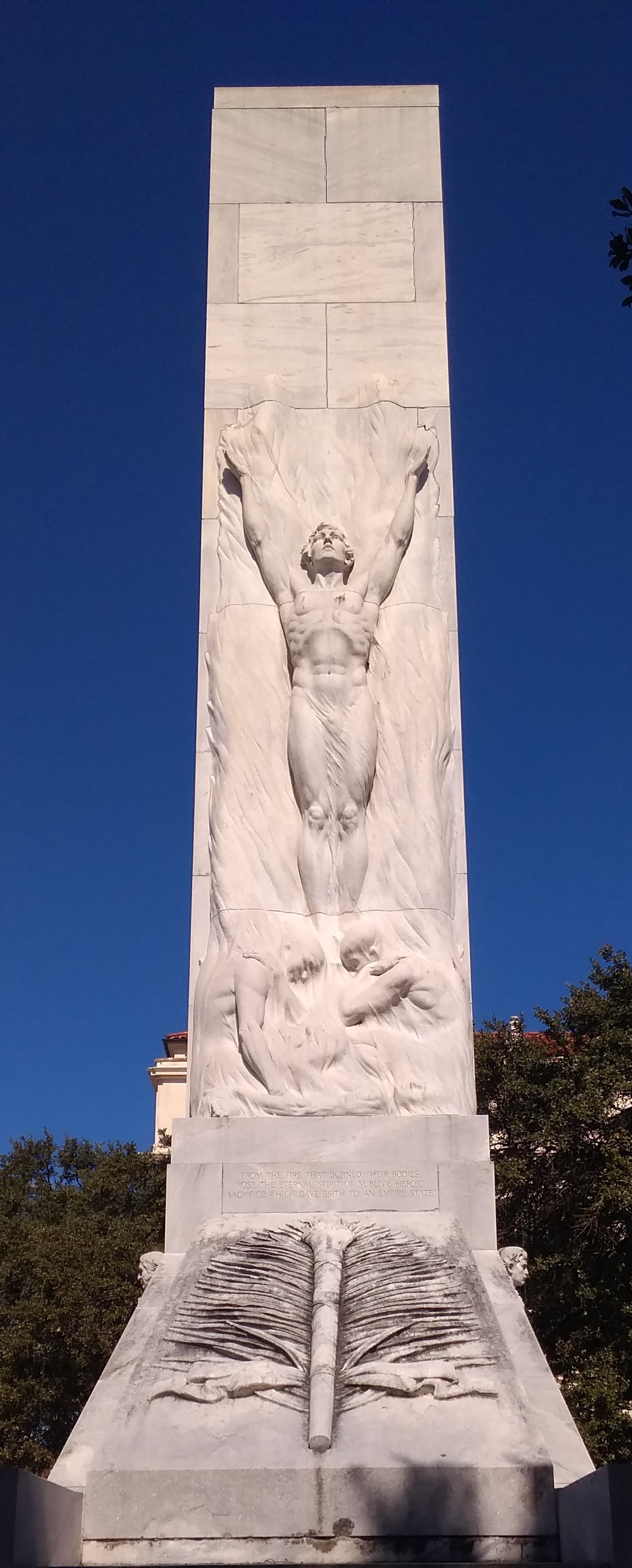
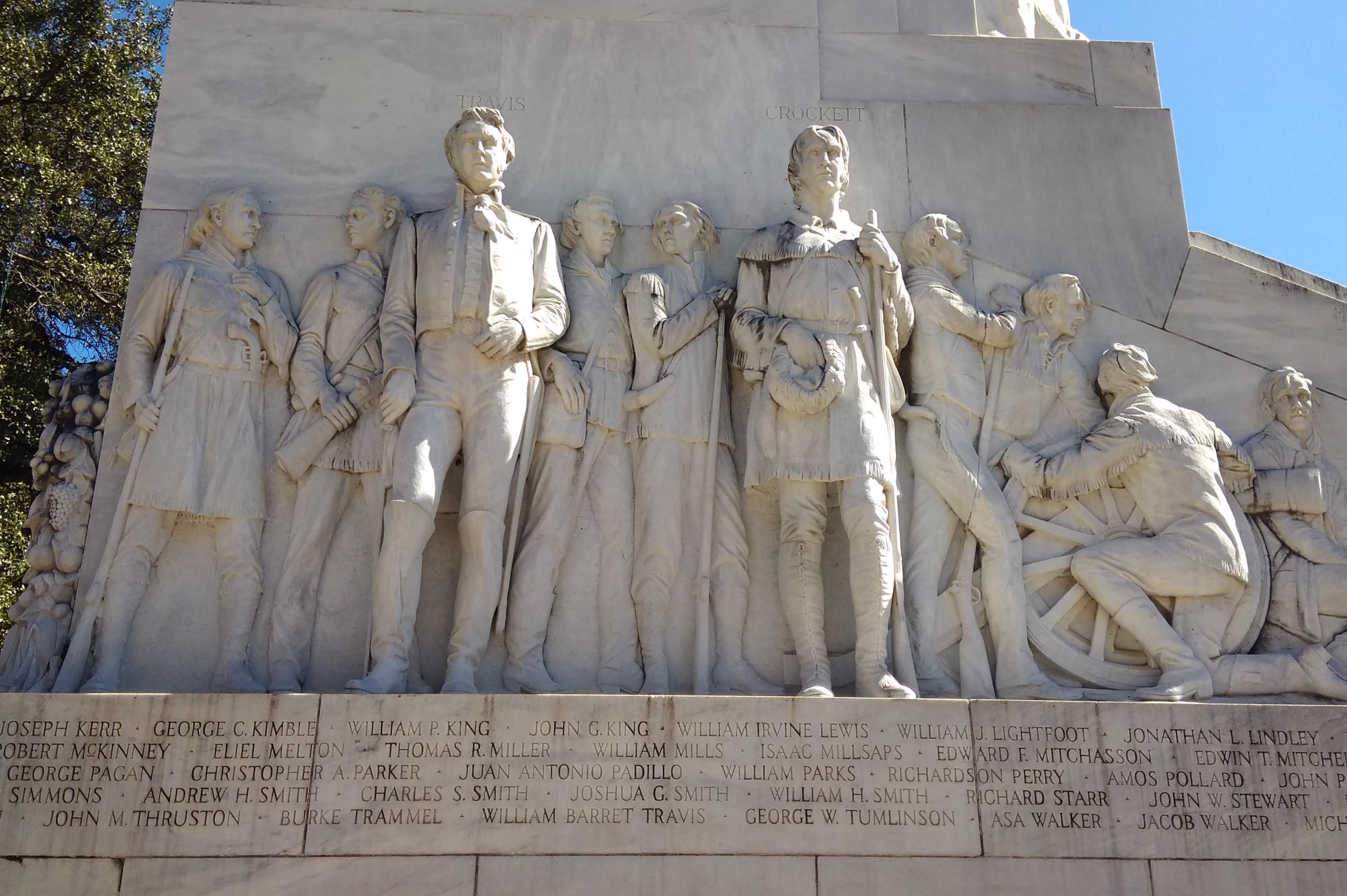
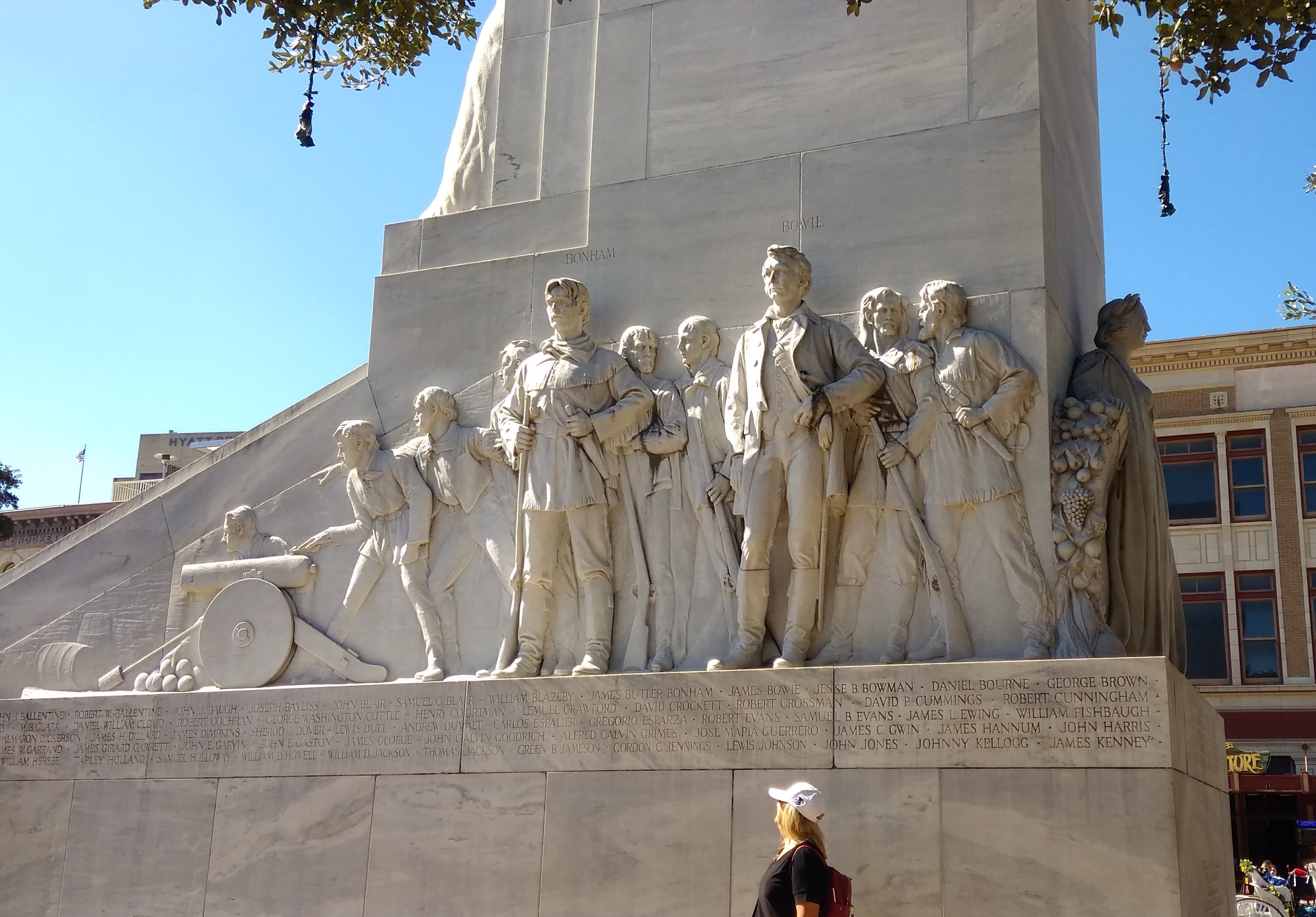

 Looks like plain chocolate, but it’s intense, dark and rich, with a vein of apricot jam running through it and a touch of gold to mark the apex. We enjoyed it thoroughly tonight and will again tomorrow.
Looks like plain chocolate, but it’s intense, dark and rich, with a vein of apricot jam running through it and a touch of gold to mark the apex. We enjoyed it thoroughly tonight and will again tomorrow.